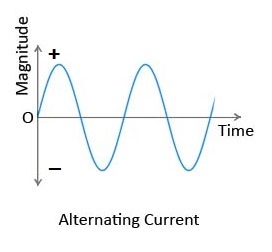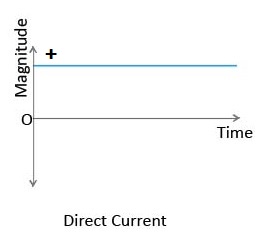Table of Contents
Introduction to electricity current: Everyone should know about types of electricity, these are Static Electricity and Current Electricity.
WHAT IS THE DIFFERENCE BETWEEN STATIC AND CURRENT ELECTRICITY?
STATIC ELECTRICITY
The word static means that something that is motionless or not changing or in simple words something not moves. Means when electricity does gather at one place is known as Static Electricity. When an object is rub against another object static charge will create. For example –
- Take a plastic scale of 15 cm rub it on the table then take it to near small pieces of paper. Pieces of paper will stick on the scale. Because there was static charge (electricity) generated which attracts these pieces of paper.
- When you rub a balloon on your head and place it against the wall it sticks. Because our head transfers negative charge to the balloon and we know the wall is positively charged, so opposite charges attract each other.
CURRENT ELECTRICITY
When electrons or electric charges move, they carry electrical energy from one place to another and this is known as electric current or current electricity. For example –
- When we press the switch in an instant fans start or tube light turns on because of flow of electrical current.
- A lightning bolt is an example of an electric current.
Lightning is also caused due to static electricity. As clouds move all the way through the sky, they rub against the air around them. This makes them build up a vast electric charge. Eventually, when the charge is big enough, it leaps to the Earth as a bolt of lightning.
When static electricity (built up in one place) turns to current electricity (flowing from one place to another) Lightning happens.
Two important parameters of Electricity are Voltage and Current. Voltage and Current have two different types: Alternating or Direct.
- Alternating Current
- Alternating Voltage
- Direct Current
- Direct Voltage
ALTERNATING SIGNAL
Alternating means changing its cycle from positive to negative and vice versa. We get Alternating supply in the household.

DIRECT SIGNAL
Direct means constant supply with fixed polarity of terminals positive and negative. Battery is an example of direct power supply.

NEXT POST
VOLTAGE AND CURRENT
PREVIOUS POST
HISTORY OF MODERN ELECTRICITY